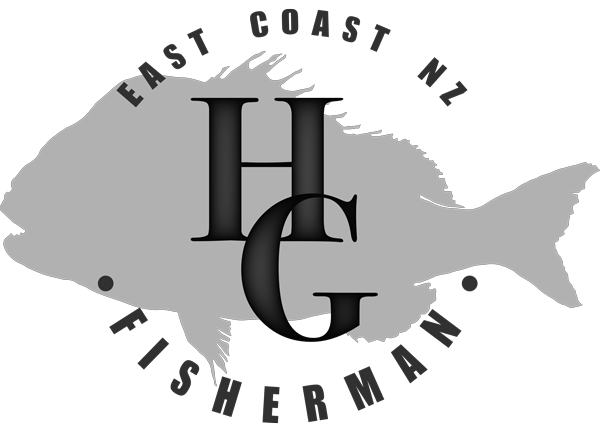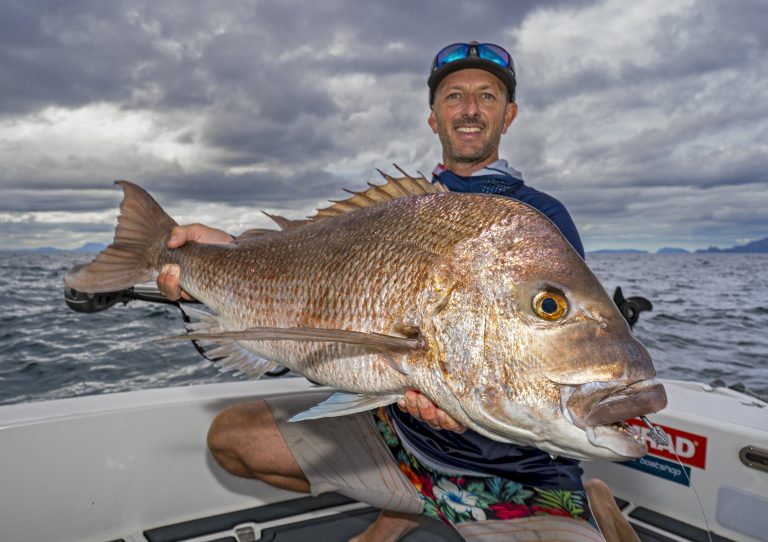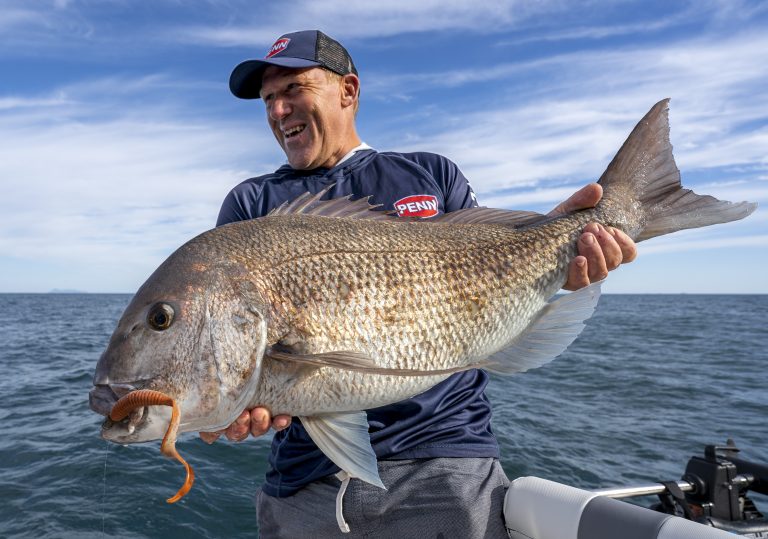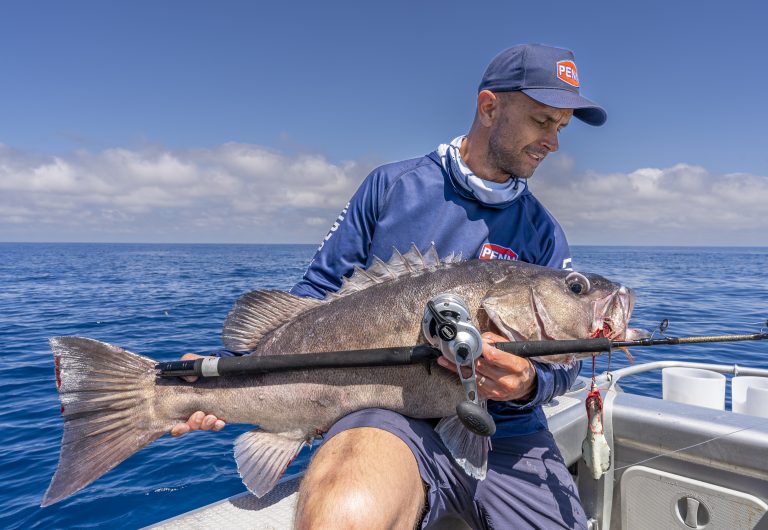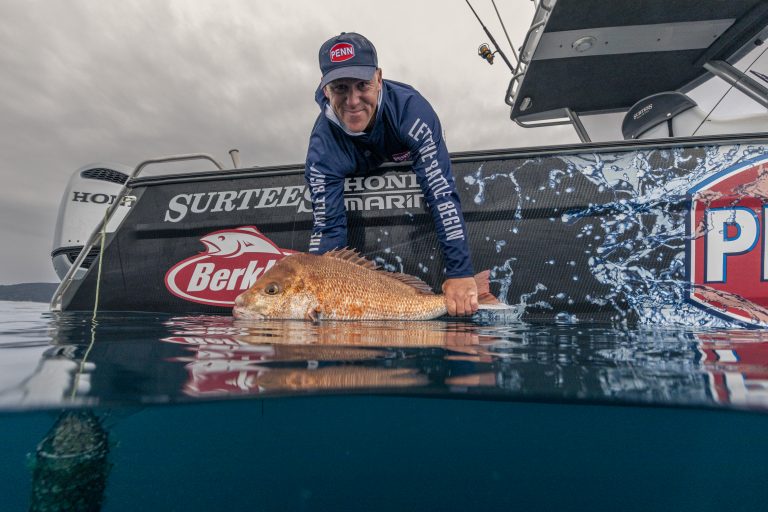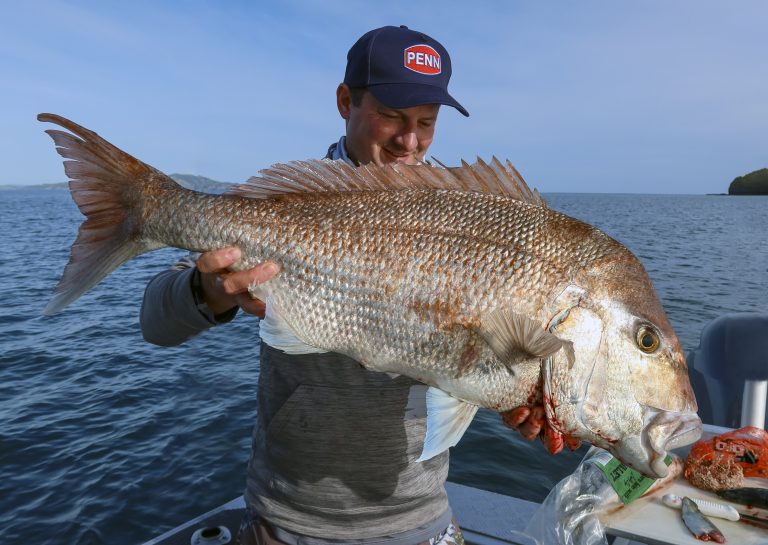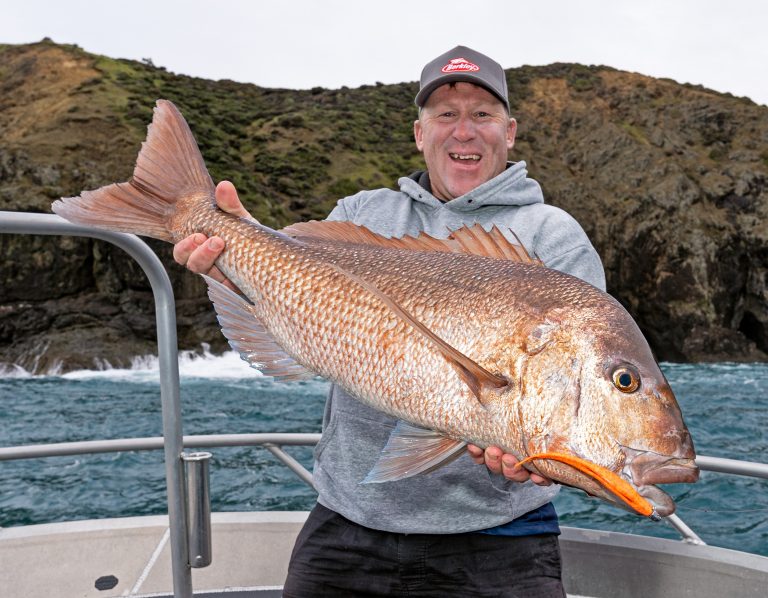The northern reaches of the Hauraki Gulf Marine Park has spectacular world-class beaches with white silica sand. The beaches are long and broken into three sections; Pakiri borders the Goat Island marine reserve in the south. Forestry in the middle, home to a sweet surf break and rocky outcrop, separates the Te Arai section and ultimately flows northwards to Mangawhai Heads.
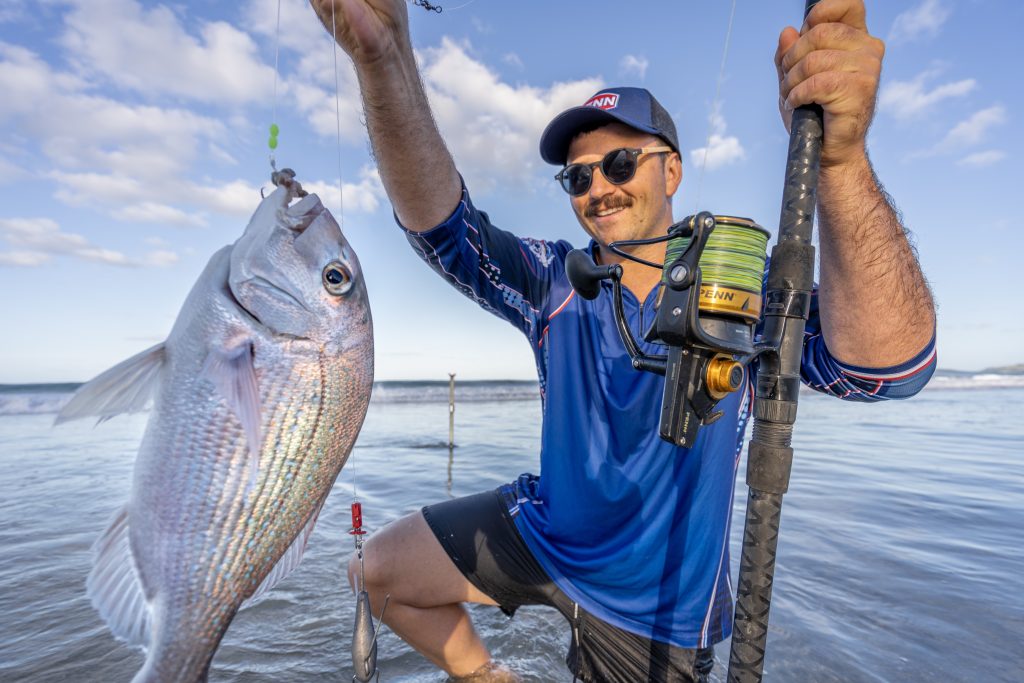
With access restricted to foot, large swathes often go un-fished as most surf casters prefer to go west to Muriwai or further north to Bream Bay. Both of which offer vehicle access and the comfort of a car.
However, for the keen, a short 30-60 min walk along the beach carrying your gear will almost guarantee you some action.
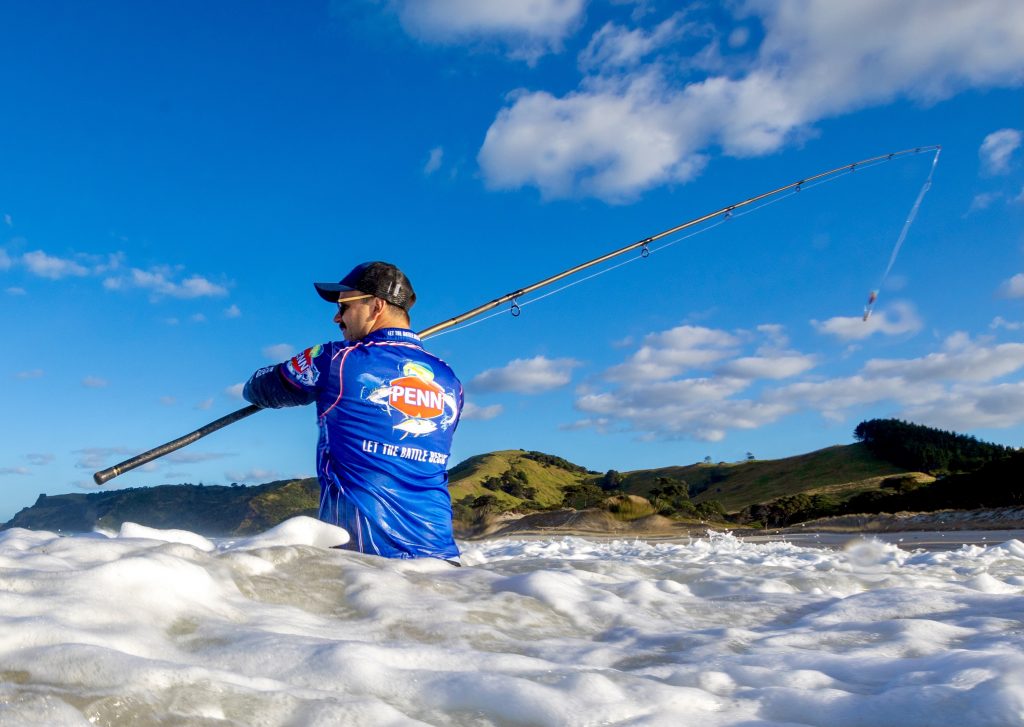
Species you are likely to encounter:
Snapper, Kahawai, Gurnard, Bronze Whaler sharks and if you know where to look, Tua Tua’s also abound and offshore are scallop beds. Kingfish are known to patrol the surf break, but we haven’t encountered one on rod and reel yet.
If you want to catch fish off the beach, you need to be keen and be prepared to fish into the evening as the last 2 hours of daylight is when it all happens. Similarly, first thing in the morning will also provide the good. But you can forget arriving at 10 am for a leisurely fish and hoping for a feed. It won’t happen.
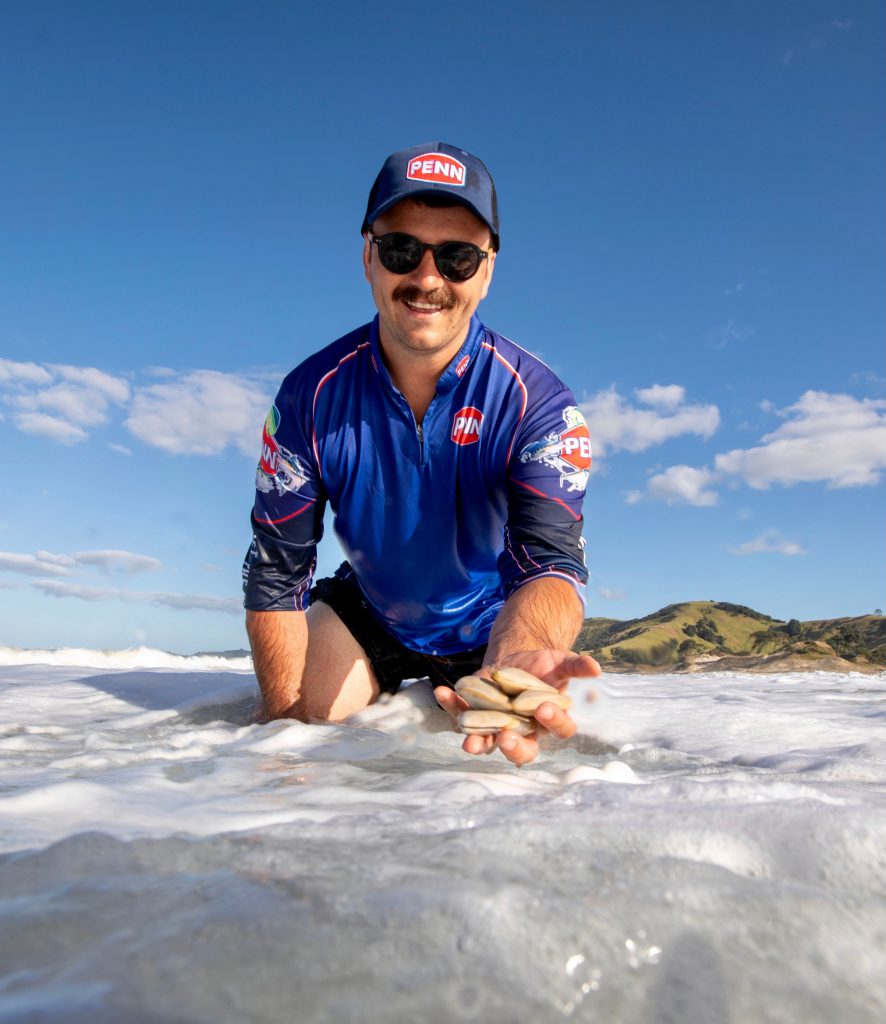
The ideal situation would be to arrive on the beach and set up ready to fish at around 6 pm with an approx 9 pm setting sun. We like a rising tide with a small but breaking swell to initiate some cover for the fish, disturb the sand, and make it easier for the snapper to forage dinner. Tua’s that poke their tongues out to filter feed are prime targets for the small to medium-sized snapper with razor-sharp teeth that patrol the beach.
Hopefully, gear-wise, you already understand what to use, but one piece of kit I can stress enough is a braided line – this will increase the catch rate significantly – we use Berkley Pro-Spec Ultra in 20lb ticks all the boxes.
And probably the most crucial part is locating somewhere good to fish!
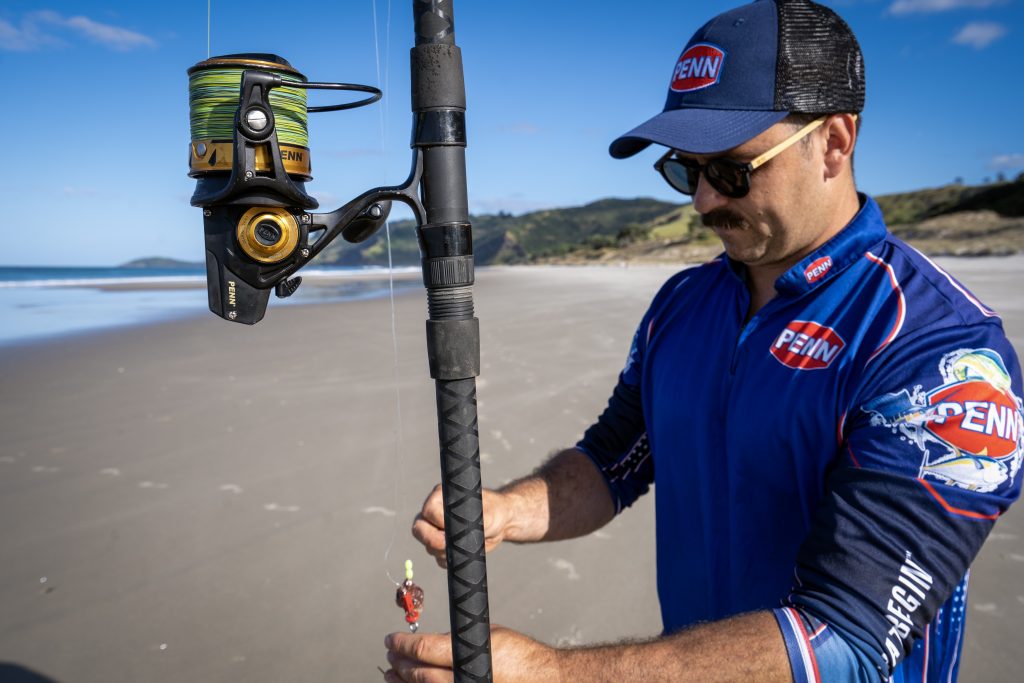
With miles of beach, you don’t want to be just hitting and hoping for a fish, so let’s narrow it down to places you should catch fish. First, we look for ‘holes’ in the surf break where the waves break, and then a deep spot or hole forms in the surf—followed by fresh waves forming on the beachside of the hole. This calm spot is where the fish will be holding, and this is where you want to be casting.
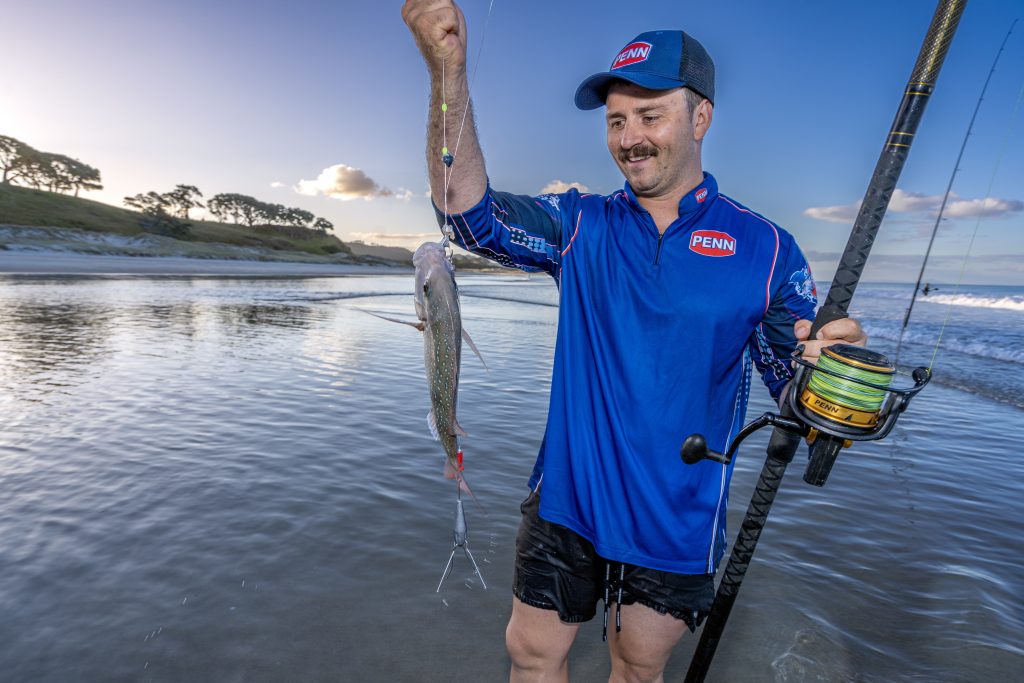
Surfcasting is more relaxing than serious fishing for us; we don’t focus on catching big fish on these trips, it’s the best way to relax, and a folding chair and a few cold beers are an essential requirement. Kids also love coming for a ride on these sorts of trips, and there are hours of fun mucking around in the sand, and you don’t have to keep super close on them, as you do on the boat.
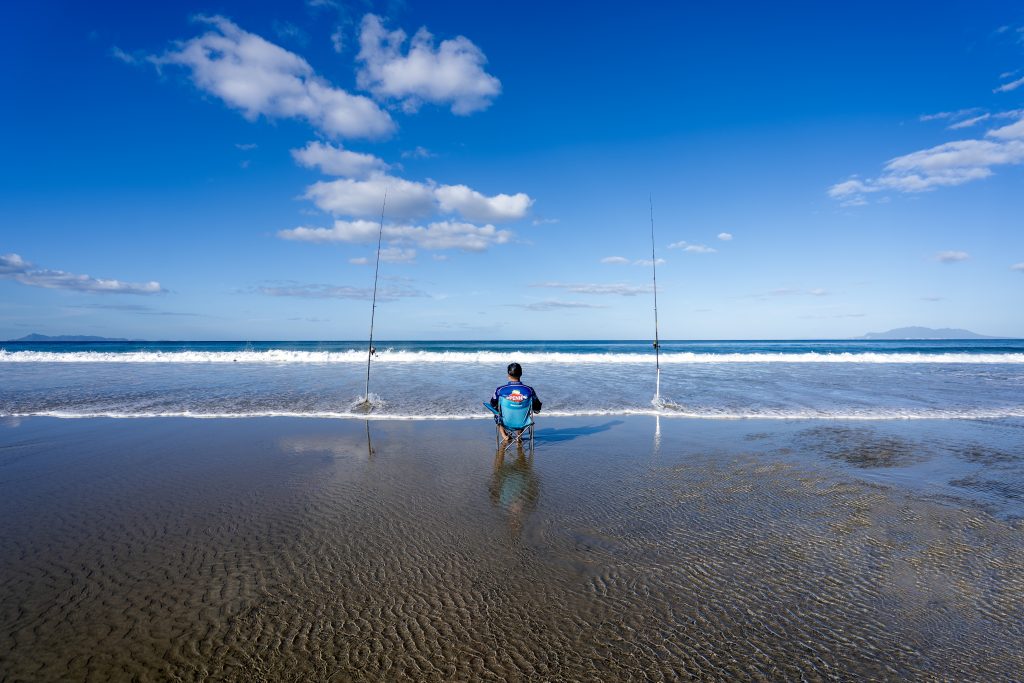
It’s easy to fall in love with any of Auckland’s northern beaches, and we rarely have anyone within 100 metres of us. Surfcasting doesn’t cost much and in the summer, catching some dinner is highly likely.
Fish the change of lights, and we might see you out there.
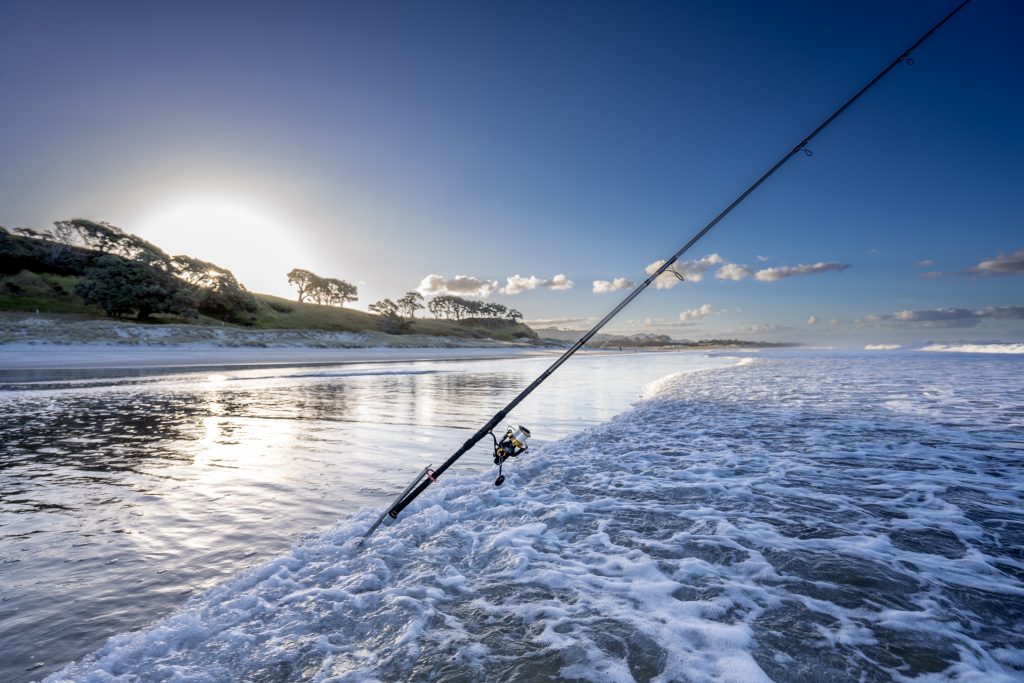
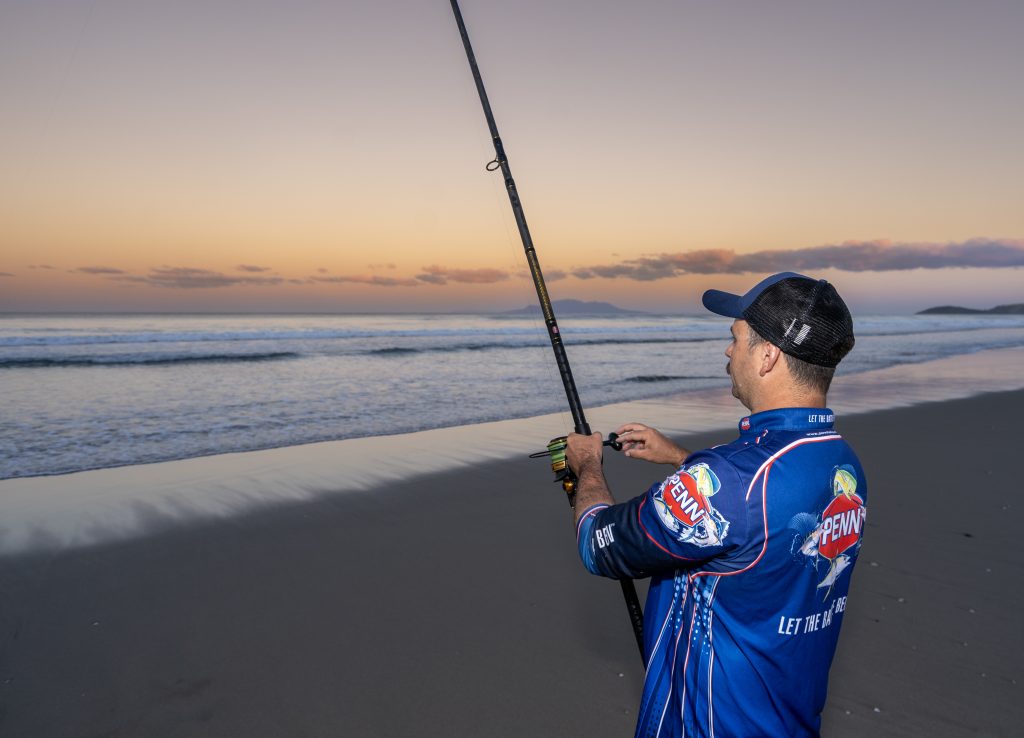
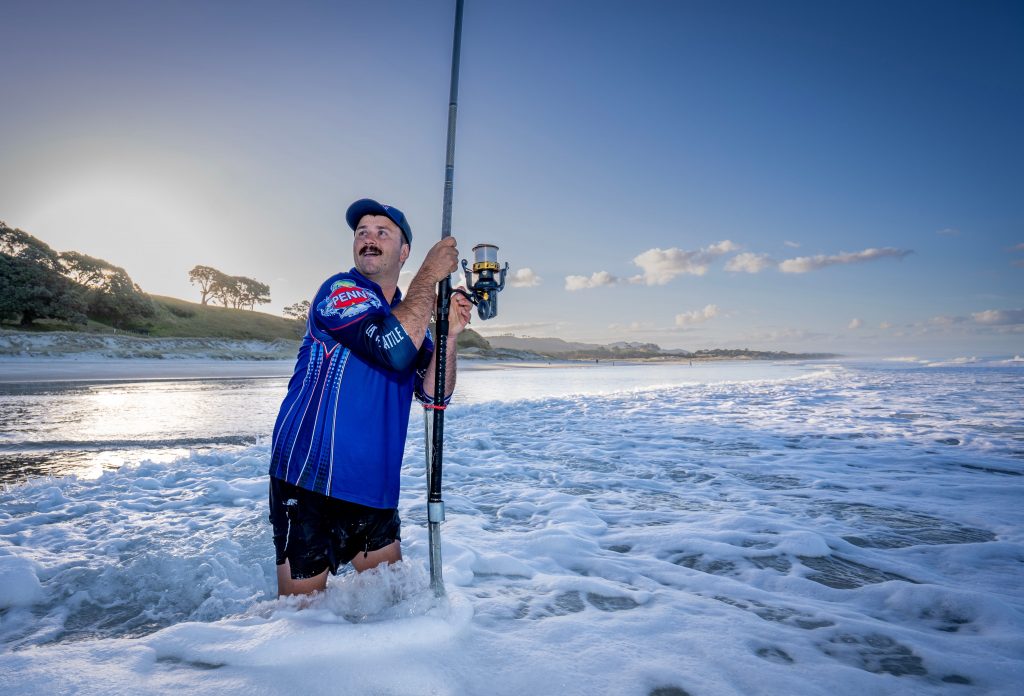
Check out the Gear we use…
Special thanks to
Sam Vincent Connolly
Penn
Berkley NZ
